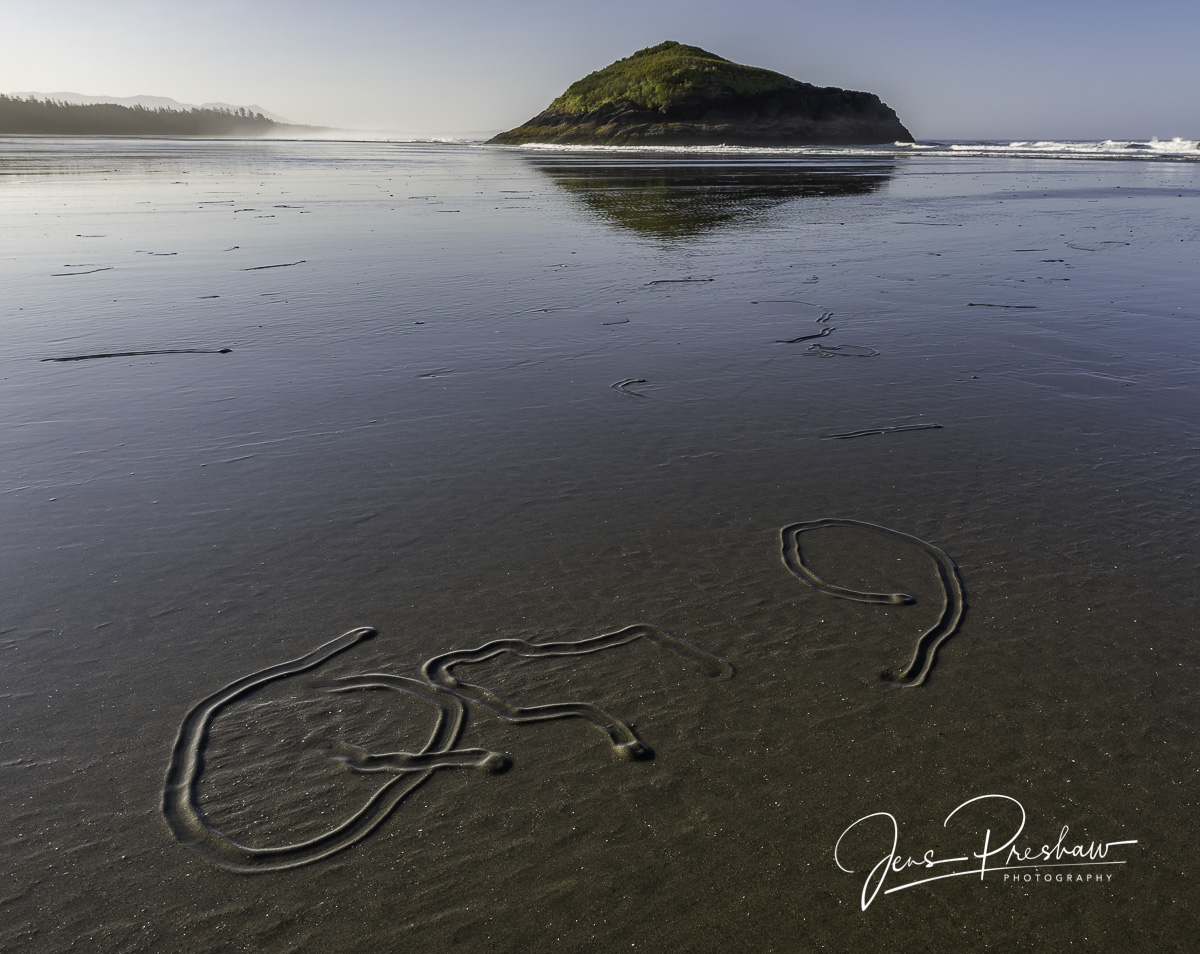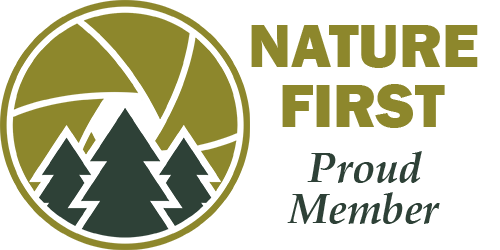On the west coast of Vancouver Island I was walking on the beach early one morning, keeping an eye out for bears and wolves, when I noticed a large number of strange markings in the sand. There were thick lines, spirals, curves and even circles. The Purple Olive Snail (Olivella biplicata) are beautiful little creatures that create these markings. Close to the dynamic edge of the ocean they plow through the sand looking for animal and plant matter to eat. Males find females for mating by following their tracks.
Looking at their tracks reminded me of the movie Arrival where a linguistics professor and her team tries to find a way to communicate with extraterrestrial visitors who use a written language consisting of complicated circular symbols. The Purple Olive Snails may have been just looking for food to eat or perhaps they were trying to tell me something…



















